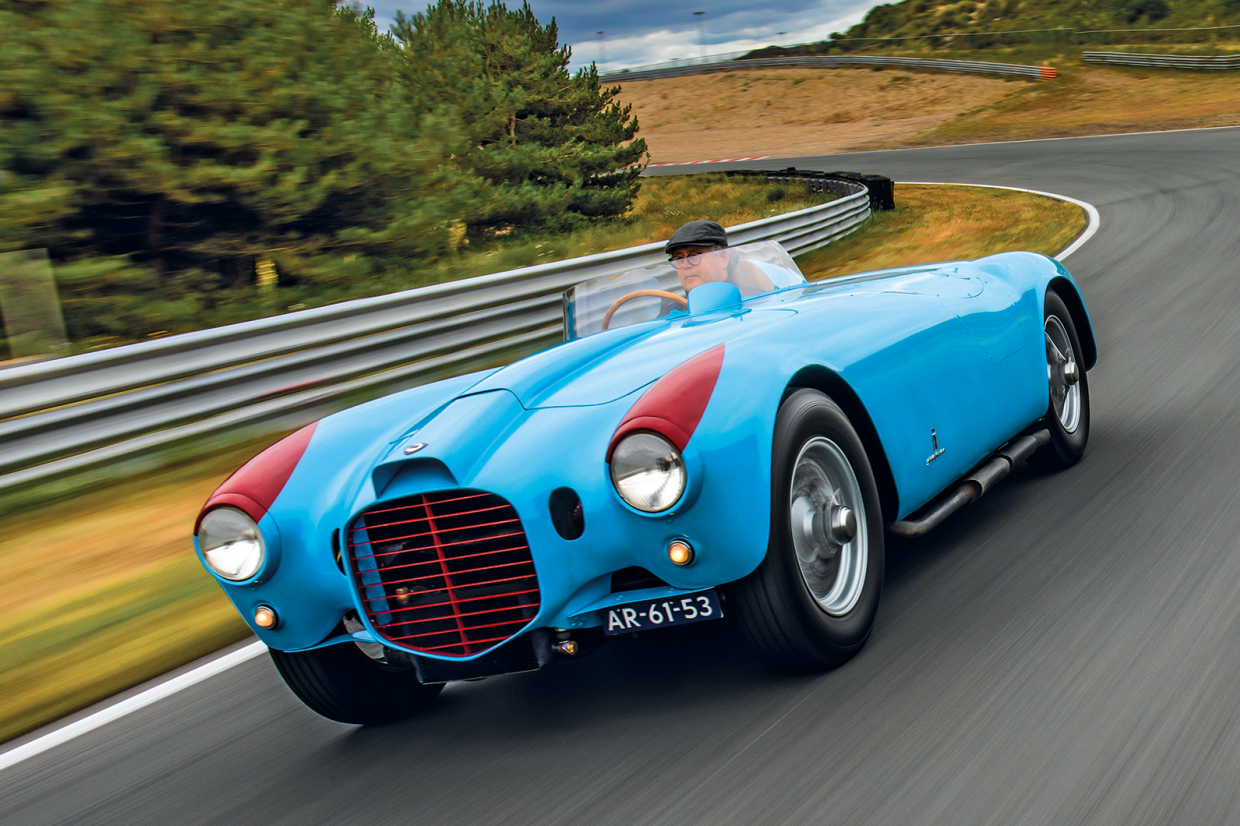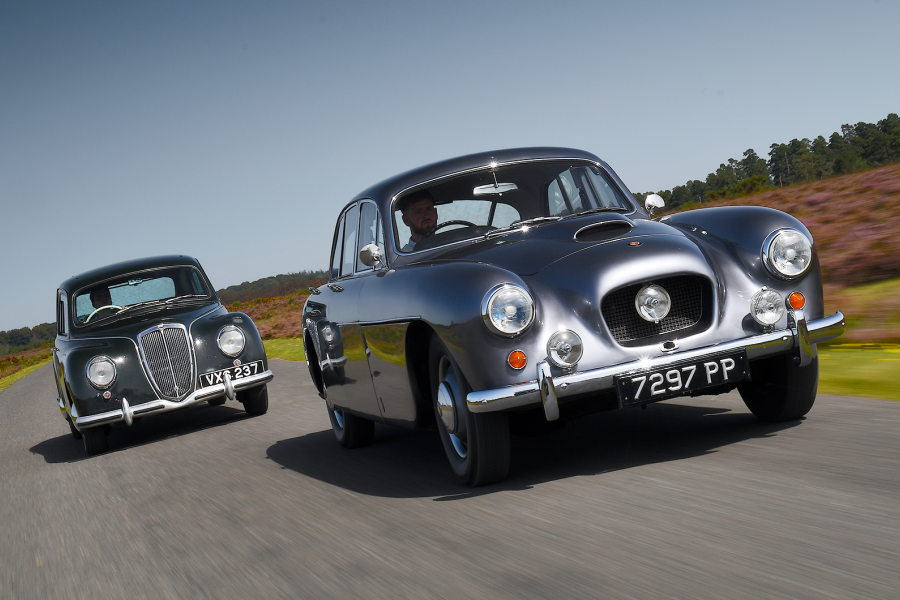The cars left the port of Le Havre on 17 October and arrived in New York six days later, from where they travelled nearly 3800km to Mexico City on a truck.
Bracco drove ‘our’ D23, chassis 0002. The toughest opponents were the seven privateer Ferraris, which were mostly 375s and included a 330bhp version driven by former Lancia hotshoe Maglioli.
Though they were fast, reliability and handling were not the strongest points of the powerful V12s from Maranello.
The race developed into a fierce battle between Taruffi and Bonetto in their D24s, both wanting to add the Carrera to their name, because the Ferraris couldn’t match the superior handling of the Lancias.
Bonetto claimed the first section from Tuxtla Gutiérrez to Oaxaca, Taruffi won the second to Puebla, but after the third Bonetto was in the lead. Maglioli, in the fast Ferrari, followed in fifth.
On the fourth day, two stages had to be driven totalling 950km, first to León and then to Durango, with a 30-minute break. Just 41 seconds split the leading Bonetto and Taruffi, and for 200km they pushed each other to the limit at speeds of up to 155mph.
Just before the village of Silao, the two cars touched when Bonetto braked harder than Taruffi was expecting.
Taruffi left the road and had to stop because of a bent steering arm. Il Pirata drove on, as if he were being chased by the devil, but fate struck in Silao.
There were warning signs for the vados, painted by Bonetto himself, but he must have missed his own marks.
The D24 hit the trench at speed and the Lancia was catapulted into the air before crashing into a wall, killing its driver.
Taruffi, knowing nothing of his teammate’s accident, fixed the steering arm with a welding torch he’d borrowed at a petrol station and continued, having lost 20minutes.
In Silao he saw the battered Lancia among the crowds, but couldn’t see what was happening so pressed on and won the stage, only to be told at the finish that his rival had died in the accident.
It was a huge blow for the Scuderia, and Gianni Lancia immediately ordered his drivers to stop competing with each other.
There was no longer an imminent threat from the Ferraris, because Maglioli’s car had failed: he lost a rear wheel due to a broken bearing when haring along at speeds in excess of 160mph.
He just managed to keep the Ferrari on the road, rolling to a stop on the large brake drum.
Maglioli took over the 375MM of Mario Ricci, who hadn’t felt at all comfortable in his race car, and gave chase to the Lancias, driving so fast that the Mexican press called him ‘suicidal’ and nicknamed him ‘The Mad Italian’.
He won stages six, seven and eight – setting a 138mph average speed that remains a record for a street race – but he was no longer in the running, and Fangio led after Taruffi’s excursion.
The remaining two D24s and Castellotti’s D23 were able to drive to the finish more or less in formation, accompanied by mechanics in case of breakdowns.
The trio crossed the line with Fangio in first from Taruffi and Castellotti – with Braccoin ‘our’ D23 failing to finish having broken his Lancia’s rear suspension.
After the Carrera, the career of the D23 was over.
But although its racing life was short, it was far from insignificant. It had been an important player in the Scuderia’s offensive, and provided the link between the D20 and D24, which established itself as among the most technically advanced sports-racers of its time.
The model had shown its worth in Mexico, too, by finishing on the podium. Castellotti averaged 104mph over the entire race to Fangio’s 105mph in the D24.
But while Lancia celebrated a glorious 1-2-3, it also mourned one of its most dramatic losses in the great Bonetto.
Images: Frits Van Eldik
Thanks to the Louwman Museum; Wim Oude Weernink
READ MORE
Ballot 3/8 LC: the first Italian Grand Prix winner
A Cunningham plan: amazing Cadillacs recreated
This unassuming Austin-Healey 100 is a pioneering privateer


























